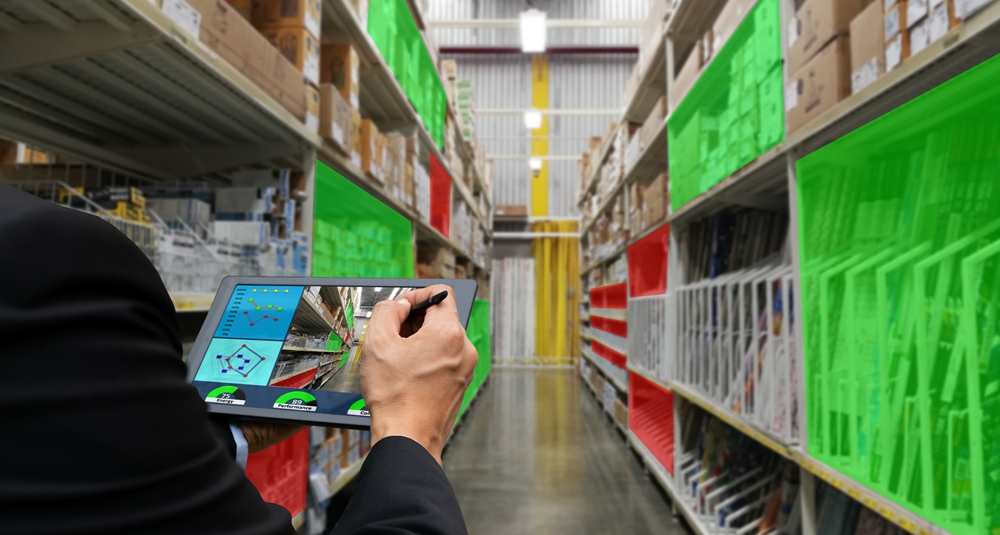
In a recent release, Scandit brought out its Barcode Scanner SDK Version 6.0 for native iOS and Android, which is designed to deliver improved MatrixScan and Augmented Reality (AR) performance, a new, more modular API, more extensive documentation, better code samples and additional viewfinder customization.
The new release only covers native iOS and Android, but the company says it will support mobile frameworks like Cordova or Xamarin with subsequent 6.x releases.
The Barcode Scanner SDK reportedly enables enterprises to transform any smart device into a high-performance data capture tool that brings improved scanning performance to any app. MatrixScan captures an entire set of barcodes in a single scan sequence, which enables use cases that increase the efficiency and convenience of data capture processes. Internal Scandit tests show that scanning a set of 25 boxes on a shelf using MatrixScan can now be done three times faster than with traditional scanners.
Adding AR-overlays to an app means that after the scan, information is instantly displayed on the device screen. For example, a retail employee who is doing markdown and inventory spot check can simply point a smartphone camera at a shelf and see their tasks in the phone’s viewfinder superimposed over the products; a delivery driver hovers the smartphone-scanner over a set of packages and sees delivery instructions.
MatrixScan now displays Augmented Reality overlays in a smoother way while in motion. This is thanks to a higher frame rate and improved scanning performance in general. These improvements make industry-specific workflows that depend on MatrixScan and AR much easier and faster to perform, the company said. Scanning multiple barcodes at once with MatrixScan as well as displaying AR information over items can now be introduced in processes where people use mid-range smartphones.
In the new API, Scandit Capture Core works as a foundation for all Scandit SDK functionalities. It contains classes and interfaces that are shared between the data capture modules and are the foundation of all data capture related functionality. Data capture functionalities such as barcode scanning are then called as single modules which perform these specific tasks.
Edited by
Ken Briodagh





